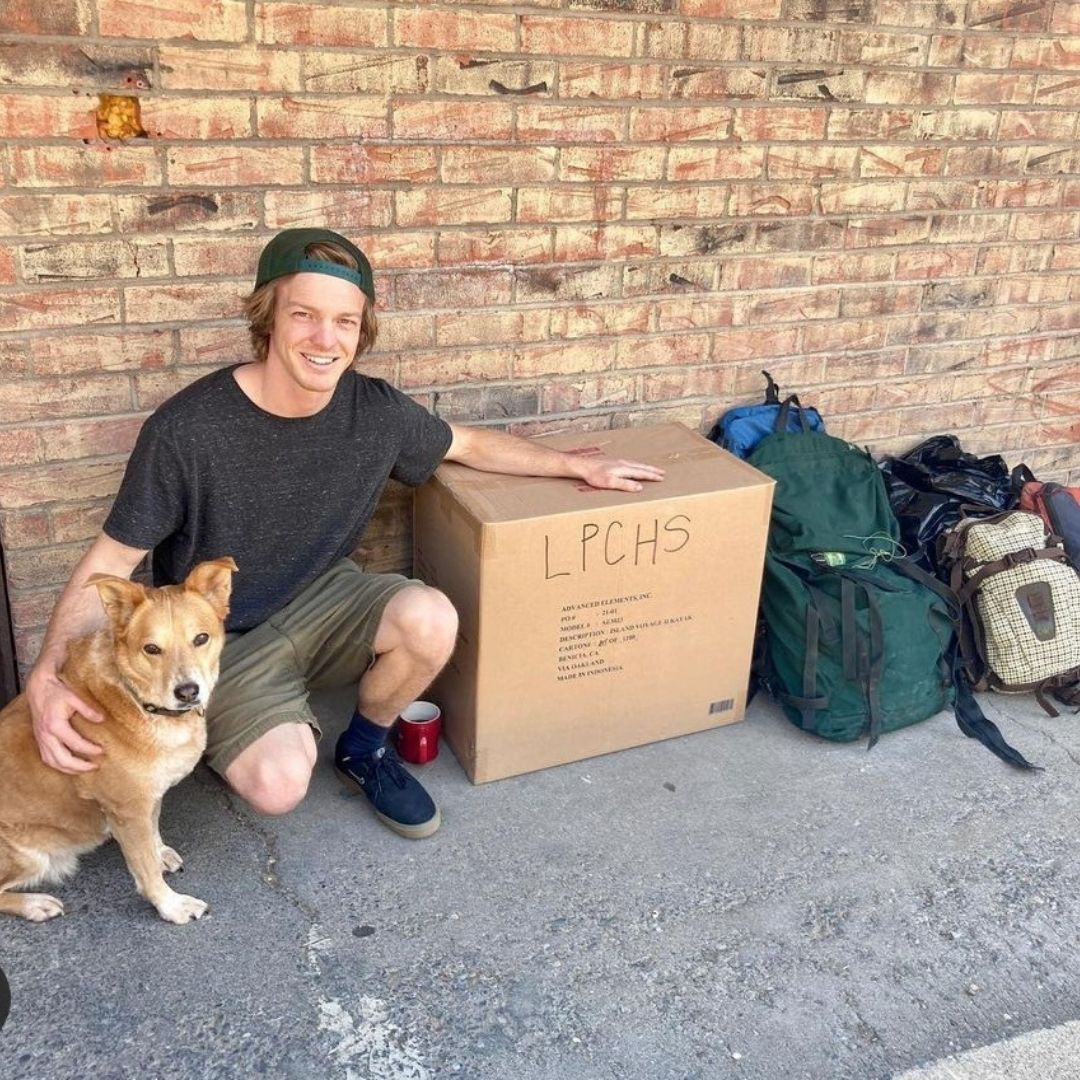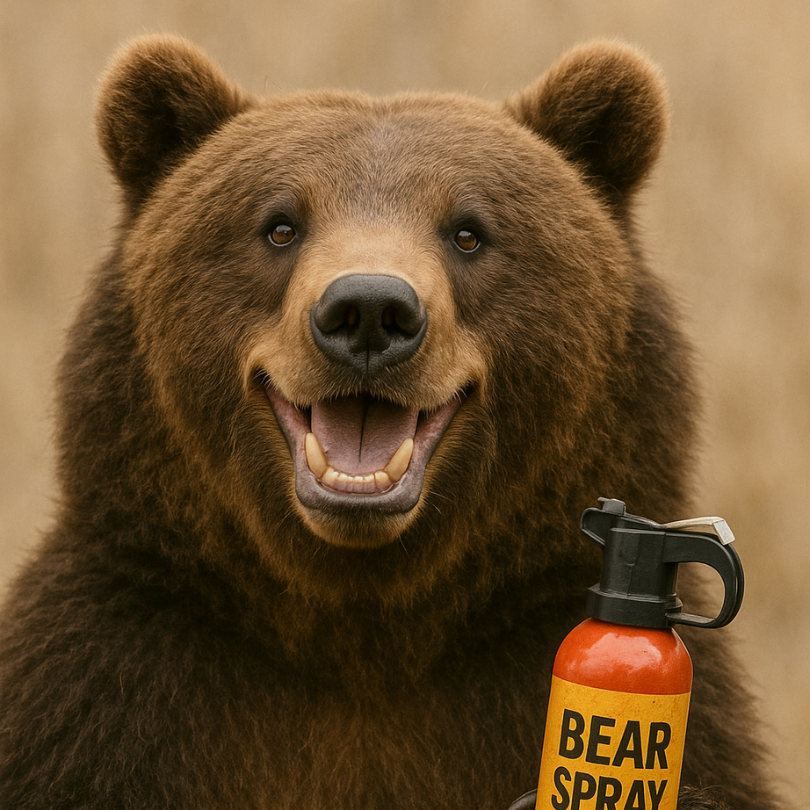Your Cart is Empty
Mon - Sat 10AM to 6 PM - Sunday 12PM-5PM

We all know that donating our clothes is a great way to clean out our closets, and we may even make a few bucks at a local consignment shop. But did you know that donating or consigning your clothes and outdoor gear also has huge social and environmental benefits?
Here are 4 surprising reasons it’s good to donate or consign instead of throw away:
According to the EPA’s textile waste facts, over 17 million tons of used textile waste are generated annually in the United States. This amount has doubled over the last 20 years. One in 2 people throw their unwanted clothes straight into the trash instead of giving away or donating to those who need them. This results in 64% of the total amount of garments produced each year ending up in landfills.
Once you throw your clothes in the trash they end up in landfills where they take decades to degrade. In the process, they emit methane, an even bigger contributor to Climate Change. Clothing in landfills emits methane and pollutes the soil and waters with plastic and chemicals while decomposing. Reusing or recycling instead of throwing in the trash is actually a very important action you as an individual can take to do your part to stop climate change.
The fashion industry is one of the biggest contributors to water pollution and wastage. For instance, it takes more than 5,000 gallons of water to manufacture just one t-shirt and a pair of jeans.
When we donate or consign, demand for new goes down, thus reducing the need to extract these materials and metals from the Earth. The next important step is to create a zero waste or a circular economic model, and ensure that nothing ever goes into a landfill in the first place. Instead, it would go back into production to create another garment, tent, or jacket—over and over again.
What you can do TODAY instead of throw away:
If you currently have clothes that you no longer wear, host a garage sale and sell them. Alternatively, you could donate your items, give them to a sister, a friend, or even a stranger.
If you want new clothes but still have lots of unworn ones in your closet, host a swap or exchange event instead of buying new ones. This is an excellent way to get new clothing while responsibly getting rid of the items you don’t want anymore.
For those special occasions that you feel require a new outfit, like a job interview, an important business meeting, a dinner, wedding, etc. consider renting one instead of buying.
Once you’ve grown out of some clothing, reuse/upcycle them into something else instead of throwing them into a bin.Most frequently, it’s a zipper on a perfectly good down jacket or tent that busts. Getting the zipper fixed is an ideal way to extend the life of the item.Need some help? Pinterest is full of creative ideas you can try out. Or if sewing is just not your thing then you can find a local fix-it shop to help you.
In Durango, we’re fortunate to haveSew Alpine. Sew Alpine uses new and recycled fabrics, plus high quality used outdoor materials and scraps to create “upcycled” outdoor gear. Think dog mitts, bike touring packs to high alpine rescue tarps.
The Durango Outdoor Exchange is more than an outdoor shop that sells new and used gear on consignment; it’s asustainable business that leads from a triple bottom line model (i.e. people, planet, and profit guide our decision-making). After opening our Durango, Colorado store in 2014, we soon realized that while our local community had generously embraced our used gear store concept, some used gear and apparel just don’t sell. After three months on the shelves, we would remove unsold items but found ourselves perplexed as to what to do with these items.
Here’s what the Durango Outdoor Exchange is doing to reduce methane emissions in landfills and help our community:
Backpacks, jackets, footwear, sleeping bags, etc. are a life-line to some in our community. With that in mind, we created a Community Outreach Program gently through which all unsold items are donated to non-profits that directly help their clients with basic needs (food, housing, clothing, etc). Durango Outdoor Exchange partners with Manna, La Plata Family Center Coalition, In the Weeds, Southwest Conservation Corps, The Hive Collective, and Durango Slaydies to deliver directly to the folks who can use it the most.
The Durango Outdoor Exchange has set up non-profit consignment accounts that people can donate their gear to so that the non-profit receives a percentage of the sale. This has been a successful solution, benefiting local community organizations such as, San Juan Mountains Association, Adaptive Sports Association, DEVO, La Plata Search and Rescue.
Thanks for doing your part to keep outdoor clothing and gear in circulation and out of the landfill. Together, all of our actions will add up and make a difference. We’re all part of the solution.
#outdoorgear #outdoorclothing #gear #usedgear #climbinggear #campinggear #qualityusedclothing #consignment #gearconsignment #outdoorconsignment #vintageclothing #camping #durangooutdoorshops #durangoskishop #fixit #fixyourgear #upcycleyourgear #bestplacetodonateclothes #donationdropbox #clothingdropbox #clothingdonationcenter #donationcenter #gearthriftstore #buyusedgear #buyusedoutdoorclothing #buyused #outdoorthriftstore #thriftstore #thriftshop #durangooutdoorexchange #outdoorexchange #exchange #durango #durangolife #durangosustainablebiz #visitdurangoclorado

If you are camping in bear country, or in any place where food storage is a concern, you should strongly consider using a bear canister–a storage system that is built to keep bears out of your food. And in some places, particularly parks in California, Montana, Colorado, and Washington,backcountry campers are required to have and use bear canisters.
While you may get lucky by hanging your food in a sack from a tree, this is not permitted in many areas and virtually impractical in many alpine anddesert backpacking zones. Bear canisters are the preferred method for storing food and other smelly items, but there are many kinds to be aware of. Let’s look at them in more detail.

For many hikers, summiting one of Colorado’s 14,000-foot peaks is a lifetime achievement. Others make it their entire personality, working for years and even decades to climb all of them. Some make a goal of climbing them all in a single season while others try to ski them all.
The problem with climbing 14ers for many people is that they are difficult–and we’re not just talking about the thin air. Of the 58 in Colorado, about one-third entrail considerable exposure and require skilled route-finding and ascent/descent skills. About half have either moderate or considerable challenges. Just eight are considered “easy.”
Hikers looking to summit a 14er near Durango will find four that rank generally as easy or the easy end of moderate. They are all in the same two canyons and can be climbed by someone with decent fitness, good shoes, and a penchant for waking up early. The roads to access all these peaks are part of the Alpine Loop and can be driven from Silverton in a four-wheel drive such as a Tacoma, but are generally not in all-wheel drives like Subarus.
Ready? Here goes!